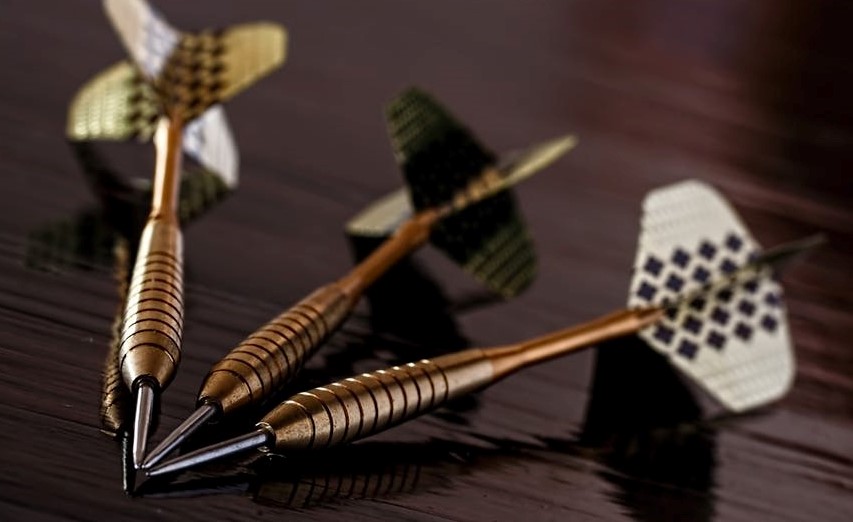What is rāja-yoga?
Recap – Firstly, the word yoga has its roots in the word yuj, meaning “to yoke”, meaning yoking of any two entities into a bond.
Importantly, the practice of Yoga at the material level signifies weaving of conditioning (svadharma) with behaviour (svabhāva) with the intention of projecting a cohesive personality (svatantra). However, at a sublimal level, it means transcending materiality and merging with the Brahman.
- Rāja-yoga and hatha-yoga systems are related in the manner of how an individual merges with Brahman.
- Also, both require the understanding of the subtle energy called “kundalini” which falls under the category of tantra, an ancient Indian concept based on the intertwining of Śiva with Śakti.
- Generally, since Śiva (the Identity) is considered the static element, and the practice centers around Śakti, (the manifestation of Identity) the mobile and creative principal. Also, this practice is called “srividya”.
- Importantly, the practice of srividya revolves around the awakening of the kundalini from its position in the mūl̄adhāra and guiding it to its union with Śiva at the sahasrāra.
- In fact, both yoga systems have much in common but both use different approaches.
- Also, both systems use āsana, prāṇāyāma and dhyāna as tools to reach samādhi (merger with Brahman).
- However, the preparation process in each system is different.
What are the major areas of difference between hatha-yoga and raja-yoga?
| hatha-yoga | rāja-yoga |
| External system of preparation, also called kaula-mārga (noble path). | Internal system of preparation, also called samaya-mārga (time path). |
| Coerces kundalini from mūl̄adhāra to sahasrāra. | Coaxes kundalini from mūl̄adhāra to sahasrāra. |
| Kaula-mārga considers Śiva static, emphasis more on Śakti, the creative energy. | Samaya-mārga advocates the sameness of Śiva and Śakti. |
| Individual’s preparation consists of shatkriya, mudra, yantra, bījākṣara-mantra. | Individual’s preparation consists of yama and niyama. |
| Based on 64 tantras. | Based on 8 steps or aṣṭāṅga. |
What is the kriya-yoga aspect of rāja-yoga?
Rāja-yoga comprises two elements, kriya-yoga or action-union and samyama-yoga or merger/ binding union. Importantly, samyama-yoga element is for advanced practice, comprising dhyāna, dhāraṇā and samādhi.
On the other hand, kriya-yoga element is a preparatory element, comprising five elements.
Kriya-yoga elements are,
Yama – Transaction or behaviour control – This is based on managing transactions or response to stimulus with the external surroundings with the intent of reducing agitation.
Patañjali-yoga-sūtra (Chapter 2, verse 30) recommends five key elements in yama that cover most aspects of behavior with the external environment, these being non-violence (ahiṃsā), truth or integrity (satya), sexual continence (brahmacarya), non-stealing (asteya), and equanimity (aparigrāhya).
Haṭha-yoga-pradīpikā (chapter 1 verse 17) recommends – non-violence (ahiṃsā ), truth or integrity (satya), sexual continence (brahmacharya), forgiveness (kṣamā ), self-discipline (dṛti), compassion (dayā ), frankness or being straightforward (ārjava), diet control (mitāhāra) and cleanliness (śauca).
School of yoga recommends six yama elements – non-violence (ahiṃsā), truth or integrity (satya), sexual continence (brahmacarya), non-stealing (asteya), and equanimity (aparigrāhya) and diet control (mitāhāra)
Niyama – Self Control – Ability to manage our personality through turbulence generated by change.
Patanjali-yoga-sūtra (Chapter 2 verse 32) – Cleanliness, (śauca), contentment (santoṣa), introspection (svādhyāya), austerity (tapas), and benediction to Brahman (īśvarapraṇidhāna) comprises niyama.
Haṭha-yoga-pradī pakā (Chapter 1 verse 17) – The 10 rules of niyama are – austerity (tapas), contentment (santoṣa), acceptance of the Vedas (āstikya), charity (dāna), benediction to Brahman (īśvarapūjana), listening to spiritual teaching (siddhānta-vācya), modesty (hrīmat), repetition of sacred word (japa), and sacrifice with fire (huta).
School of Yoga recommends six niyama elements: hygiene (śauca), contentment (santoṣa), introspection (svādhyāya), austerity (tapas), sincerity and dedication (śraddhā), and charity (dāna).
The last three elements of kriya-yoga are;
Āsana – Preparing the body, cleansing and making it physically fit for meeting challenges which come with internal and external change. Additionally, asanas help in managing the fallout of change and in reducing associated stress levels. SchoolofYoga has a complete section on Āsana.
Prāṇāyāma – This compound word simply means – discipline in breathing. This discipline makes breathing, which is an unconscious and reflex action into a conscious and controlled one. Read about prāṇāyāma.
Pratyahāra – In this step, there is active isolation of the senses. Consequently, the practitioner tries to stop stimuli from increasing agitation within the logical and emotional framework. In fact, this state is the basis for further development in Yoga, the practice of dhyāna, dhārana and samādhi.
Points to Ponder on rāja-yoga.
Internal Tags: Karma, Dharma (conditioning), Stress and Situational Awareness, Stress and prana, Awareness measures, Bhakti Yoga fundamentals, Jnana Yoga, Karma Yoga, Hatha Yoga and Raja Yoga.
External Tags: Consciousness
- Do you understand rāja-yoga? What is rāja-yoga?
- What are the preparatory stages of rāja-yoga?
- Ennumerate the elements of rāja-yoga.
- What is common and what are the differences between hatha-yoga and rāja-yoga?

